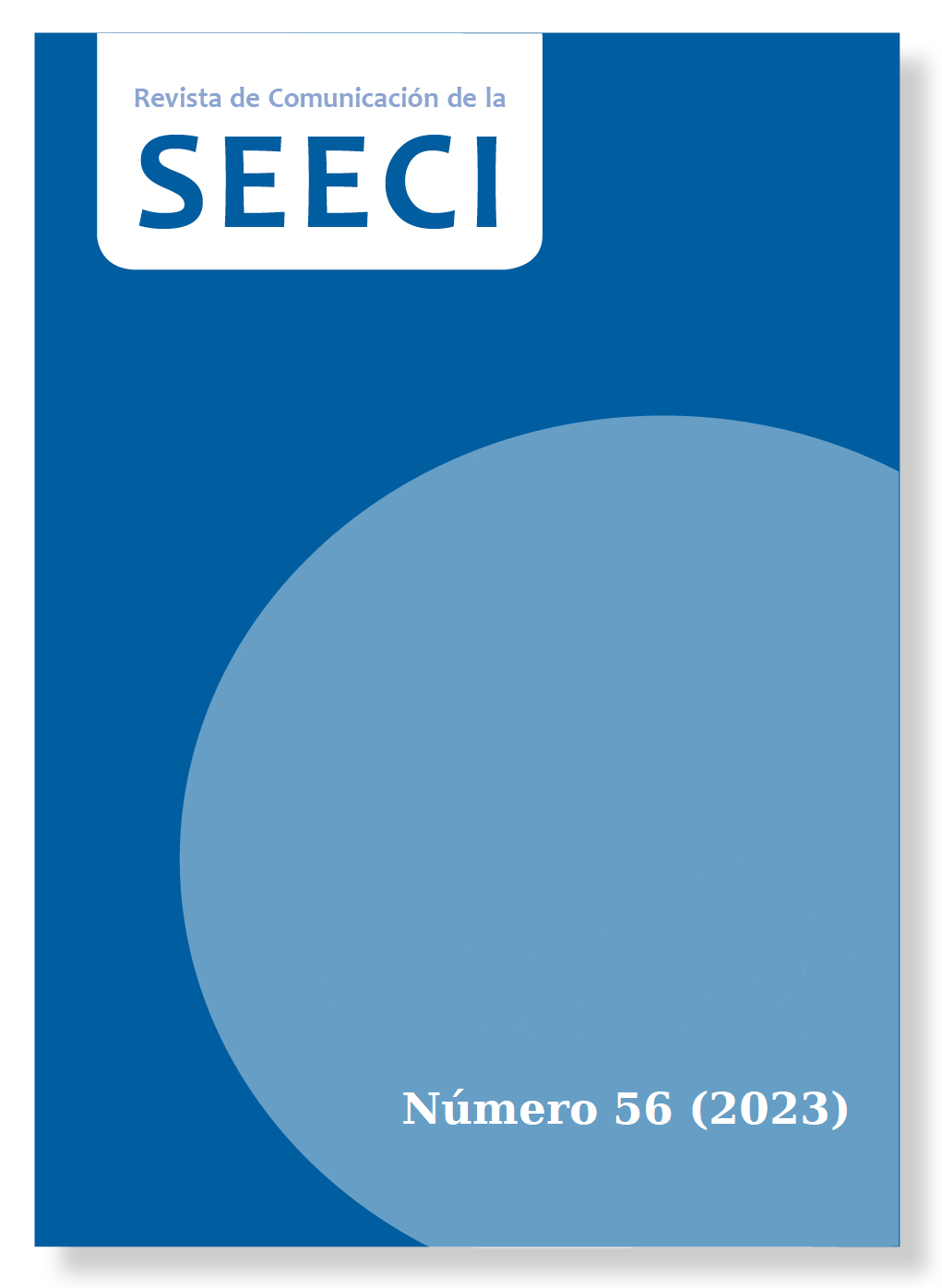READING AND WRITING OF AUDIOVISUAL FICTION CHARACTERS: THEORETICAL PROPOSAL BASED ON THREE CASES
Main Article Content
Abstract
The main purpose of this research is to establish a theory on the evolution of the reading and writing of audiovisual characters through the examination of film scripts. To this end, it is based on the study of the classic dilemma of the character in the construction of drama. Three cases are used within the framework of the history of cinema in the 20th century. The methodology compares the scripts of Graham Greene, Paul Schrader and David Mamet, as well as the creative processes declared by these authors. It is concluded that the literary writing of audiovisual fiction characters goes through three stages in its construction: in a first stage, focused on the personality of the mental states of the protagonists, in a second stage, on the creative protagonism of the authors, and in a third stage, on the staging of the interaction between the characters. A possible explanation for this evolution would be related to the process called re-enchantment of the world, where the supreme values are efficiency, control, calculability and foresight, leaving a narrow margin for the possibility of magic.
Downloads
Article Details

This work is licensed under a Creative Commons Attribution-NonCommercial 4.0 International License.
The Journal of Communication of SEECI recognizes and promotes copyright rights, as well as the need to disseminate knowledge in an accessible and equitable manner. Our journal operates under a Creative Commons License CC BY-NC 4.0, which allows authors and users to:
- Share and Adapt: Copy, redistribute, and adapt the material published in the journal in any medium or format.
- Attribution: Properly acknowledge authorship and provide a link to the license, indicating if any changes have been made.
- Non-Commercial: Do not use the material for commercial purposes without the express permission of the authors and the journal.
- Authors retain copyright and may enter into non-exclusive agreements for self-archiving, deposit, or distribution of the publisher's version published in this journal, including institutional, national, or international repositories, and personal websites.
References
Biskind, P. (2001). Seeing is believing or how Hollywood taught us to stop worrying and love the 50s. Bloomsbury.
Boon, K. A. (2008). Script Culture and the American Screenplay. Wayne State University Press.
Bordwell, D. (1985). Narration in the Fiction Film. University of Wisconsin Press. https://doi.org/10.1525/fq.1986.40.1.04a00150 DOI: https://doi.org/10.1525/fq.1986.40.1.04a00150
Chatman, S. (2013). Historia y discurso: la estructura narrativa en la novela y le cine. RBA.
Foucault, M. (1990). Tecnologías del yo y otros textos afines. Paidós.
Goffman, E. (1959) The Presentation of Self in Everyday Life. Anchor Books.
Gombrich, E. H. (1993). El legado de Apeles. Alianza Editorial.
Greene, G. (1950). El tercer hombre. Alianza Editorial.
Jones, C. (1999). Chuck Amuck: The life and times of an animated cartoonist. Farrar Straus Giroux.
Mamet, D. (1997). True and false. Heresy and common sense for the actor. Vintage Books.
Nadel, I. (2008). David Mamet. A life in the theatre. Palgrave Macmillan. DOI: https://doi.org/10.1007/978-0-230-37872-8
Price, S. (2011). Character in the screenplay text. En: Nelmes, J. (Ed.). Analysing the screenplay, 201-216. Routledge.
Stanislavski, C. (1975). La construcción del personaje. Alianza Editorial.
Weber, M. (2002). Economía y Sociedad. Esbozo de sociología comprensiva. Fondo de Cultura Económica.
Wittgenstein, L. (2017) Tractatus logico-philosophicus-Investigaciones filosóficas. Editorial Gredos.





